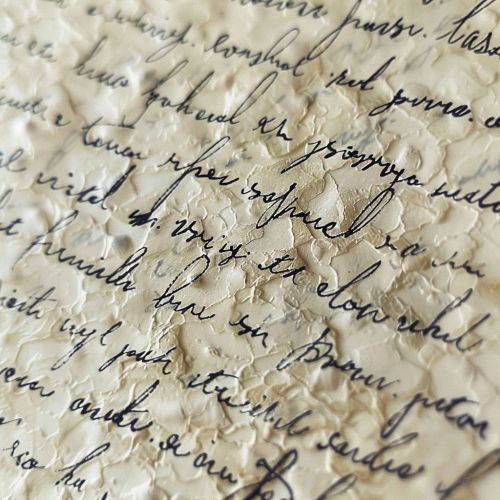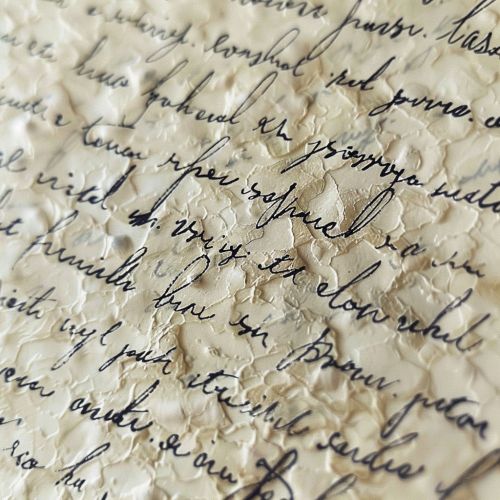Foot (prosody)
Introduction
In prosody, a foot is the basic unit of measurement in a line of poetry. It consists of a combination of stressed and unstressed syllables. The concept of the foot is fundamental to the study of poetic meter, which is the rhythmic structure of verses. Understanding the different types of feet and their patterns is essential for analyzing and appreciating poetry.
Types of Feet
There are several types of feet in English prosody, each defined by a specific combination of stressed (´) and unstressed (˘) syllables. The most common types include:
Iamb (Iambic)
The iamb is a metrical foot consisting of an unstressed syllable followed by a stressed syllable (˘´). It is the most common foot in English poetry and is often used in iambic pentameter, which is a line of verse with five iambs.
Trochee (Trochaic)
The trochee is the reverse of the iamb, consisting of a stressed syllable followed by an unstressed syllable (´˘). Trochaic meter is often used to create a more forceful or rhythmic effect.
Anapest (Anapestic)
The anapest consists of two unstressed syllables followed by a stressed syllable (˘˘´). This foot is often used to create a light, rapid, or whimsical rhythm.
Dactyl (Dactylic)
The dactyl is the reverse of the anapest, consisting of a stressed syllable followed by two unstressed syllables (´˘˘). Dactylic meter is often used in classical poetry and can create a grand or solemn rhythm.
Spondee (Spondaic)
The spondee consists of two stressed syllables (´´). It is less common and is often used to add emphasis or a dramatic effect within a line of poetry.
Pyrrhic
The pyrrhic foot consists of two unstressed syllables (˘˘). It is rare in English poetry and is typically used in conjunction with other feet to create variation in meter.


Function of Feet in Poetry
The arrangement of feet within a line of poetry creates its meter, which contributes to the overall rhythm and musicality of the verse. Different meters can evoke different emotions and atmospheres. For example, iambic pentameter often creates a natural and flowing rhythm, while trochaic meter can produce a more forceful and emphatic effect.
Historical Context
The concept of the foot in prosody has its roots in ancient Greek and Latin poetry. The Greeks developed a highly sophisticated system of meter based on the length of syllables, which was later adapted by the Romans. This classical tradition influenced the development of English prosody, particularly during the Renaissance when poets like William Shakespeare and Edmund Spenser employed various metrical patterns in their works.
Analyzing Meter
To analyze the meter of a poem, one must identify the type of foot used and the number of feet in each line. This process, known as scansion, involves marking the stressed and unstressed syllables and dividing the line into feet. For example, the line "To be or not to be, that is the question" from Shakespeare's "Hamlet" is written in iambic pentameter, with five iambs in each line.
Variations and Substitutions
Poets often vary the meter within a poem to create interest and avoid monotony. This can involve substituting one type of foot for another, a technique known as metrical substitution. For example, a poet might replace an iamb with a trochee to create a shift in rhythm or emphasis. These variations can add complexity and depth to the poem's overall structure.
Modern Usage
While traditional metrical patterns are less common in contemporary poetry, the concept of the foot remains relevant. Many modern poets use free verse, which does not adhere to a regular meter, but they may still employ metrical feet to create rhythm and musicality within their lines. Understanding the different types of feet and their effects can enhance the appreciation of both classical and modern poetry.
See Also
References
There are no references available for this article.
